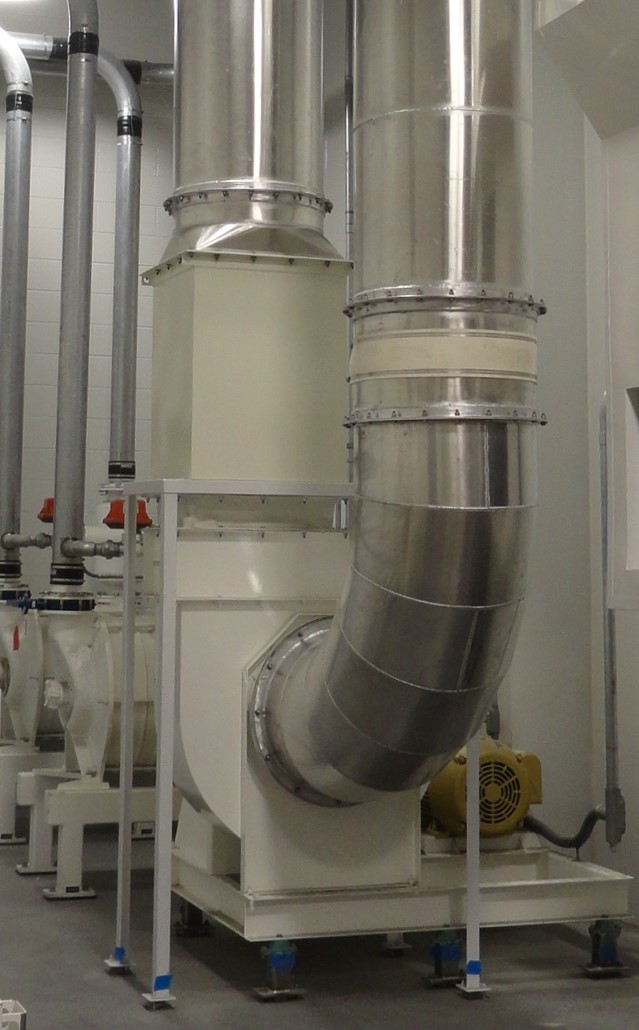
Meeting OSHA (Occupational Safety and Health Administration) requirements in industrial settings is essential for keeping your business compliant, but is it always enough to ensure the comfort and safety of your workers? When it comes to the noise levels of industrial fans, for example, simply meeting OSHA requirements might not be enough to protect the well-being of those working around them.
Industrial Fan Noise Can Be Significant
Industrial fans play a vital role in various applications, from ventilation and cooling to material handling and air pollution control. However, they can generate significant noise levels, which can impact not only the workers’ comfort but also their productivity and overall well-being. Excessive noise in the workplace can lead to stress, fatigue, communication difficulties, and decreased concentration, ultimately affecting job performance and safety.
OSHA does set regulations to protect workers from excessive noise exposure, but those standards primarily focus on preventing hearing loss and other health issues. They may fail to specifically address noise levels for comfort or productivity. Achieving optimally quiet industrial fan operation requires considerations beyond OSHA requirements.
Permissible Exposure Limits
OSHA sets permissible exposure limits (PELs) for noise levels in the workplace to protect workers’ hearing. According to OSHA standards, the permissible exposure limit for an eight-hour workday is 90 decibels (dB). Employers are required to implement engineering controls and hearing conservation programs if noise levels exceed these limits. Engineering controls may include using quieter equipment or enclosing noisy machinery to reduce exposure.
Unfortunately, meeting OSHA’s noise standards doesn’t necessarily mean that industrial fans are quiet enough for optimal working conditions. While the PELs set by OSHA aim to prevent hearing loss, they might not address the nuances of noise levels that can affect comfort and productivity. For example, even if a fan operates at a noise level below the OSHA threshold, it could still produce enough noise to cause distractions or interfere with communication, particularly in environments where workers need to communicate effectively or hear potential signs of trouble.
Effective Noise Reduction Strategies
Achieving quieter industrial fans involves various strategies beyond OSHA compliance. One approach is using industrial fans and blowers designed specifically for low noise operation. They are engineered with features such as aerodynamic fan blades, sound-absorbing materials, and vibration isolation to minimize noise generation. Fan silencers offer another approach that is custom engineered to work with virtually any centrifugal or axial fan.
Additionally, proper fan installation and maintenance play crucial roles in reducing noise levels. Improperly installed fans or those in need of maintenance are more likely to produce excessive noise due to factors such as misalignment, worn bearings, or loose components. Regular inspection, lubrication, and alignment of fans can help prevent noise problems and ensure optimal performance.
Glacier Technology is Your Source for Industrial Fan Solutions
Achieving quieter industrial fans involves selecting appropriate equipment, proper installation and maintenance, and implementing additional noise control measures in the workplace. The Glacier Technology team is here to assist with your industrial fan installation. We know how to create the optimal balance between meeting process and efficiency needs, while prioritizing noise reduction and OSHA compliance. We will help you create safer, more comfortable, and productive work environments for your employees. Contact us to learn more.
